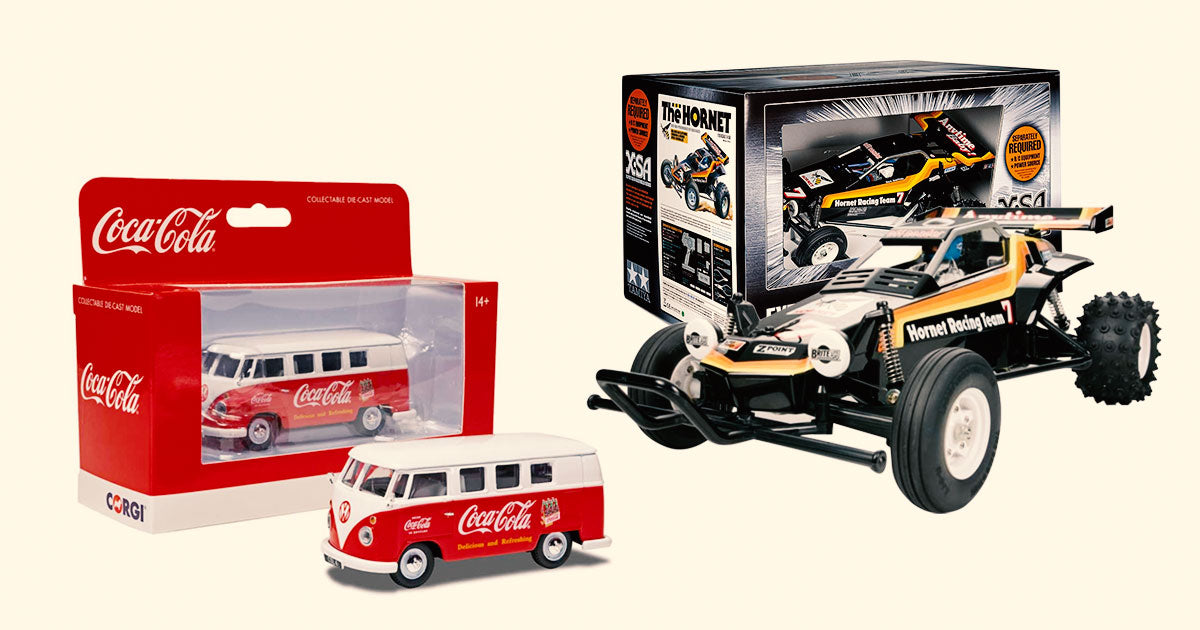Diecast vs. RC Models: Comparing Static and Dynamic Collecting
Discover the unique appeal of both collecting worlds
The world of model collecting presents enthusiasts with a fascinating choice between the meticulous artistry of diecast models and the dynamic excitement of RC vehicles. Each category offers its own distinct charm, creating a delightful dilemma for collectors weighing their options. Whether you're drawn to the pristine detailing of static displays or the thrill of hands-on control, understanding the nuances between these two collecting paths can help guide your journey in this rewarding hobby.
| Collecting Categories at a Glance | |
|---|---|
| Display Requirements | Static displays for diecast, storage and maintenance space for RC models |
| Investment Range | Entry-level to premium options in both categories, varying maintenance costs |
| Engagement Style | Visual appreciation and collecting for diecast, interactive experience for RC |
| Maintenance Level | Minimal for diecast models, regular upkeep required for RC vehicles |
| Community Aspects | Collecting groups and shows for diecast, racing events and clubs for RC |
Ready to explore the distinctive worlds of static and dynamic collecting? Let's delve into the key aspects that set these fascinating hobbies apart.
Space & Display Considerations
The world of model collecting presents enthusiasts with a fascinating choice between the meticulous artistry of diecast models and the dynamic excitement of RC vehicles. Each category offers its own unique appeal, catering to different collecting styles and preferences. Whether you're drawn to the pristine detail of static displays or the thrill of hands-on operation, understanding the key differences between these collecting paths will help you make an informed decision that aligns with your interests.
When venturing into the world of model collecting, space management plays a crucial role in your collecting journey. Diecast models excel in their space efficiency, particularly in popular scales like 1:18 and 1:24. These meticulously crafted pieces can transform a modest shelf space into an impressive showcase of automotive history. The compact nature of diecast models allows collectors to maintain substantial collections even in limited spaces, making them particularly appealing for urban collectors or those with space constraints.
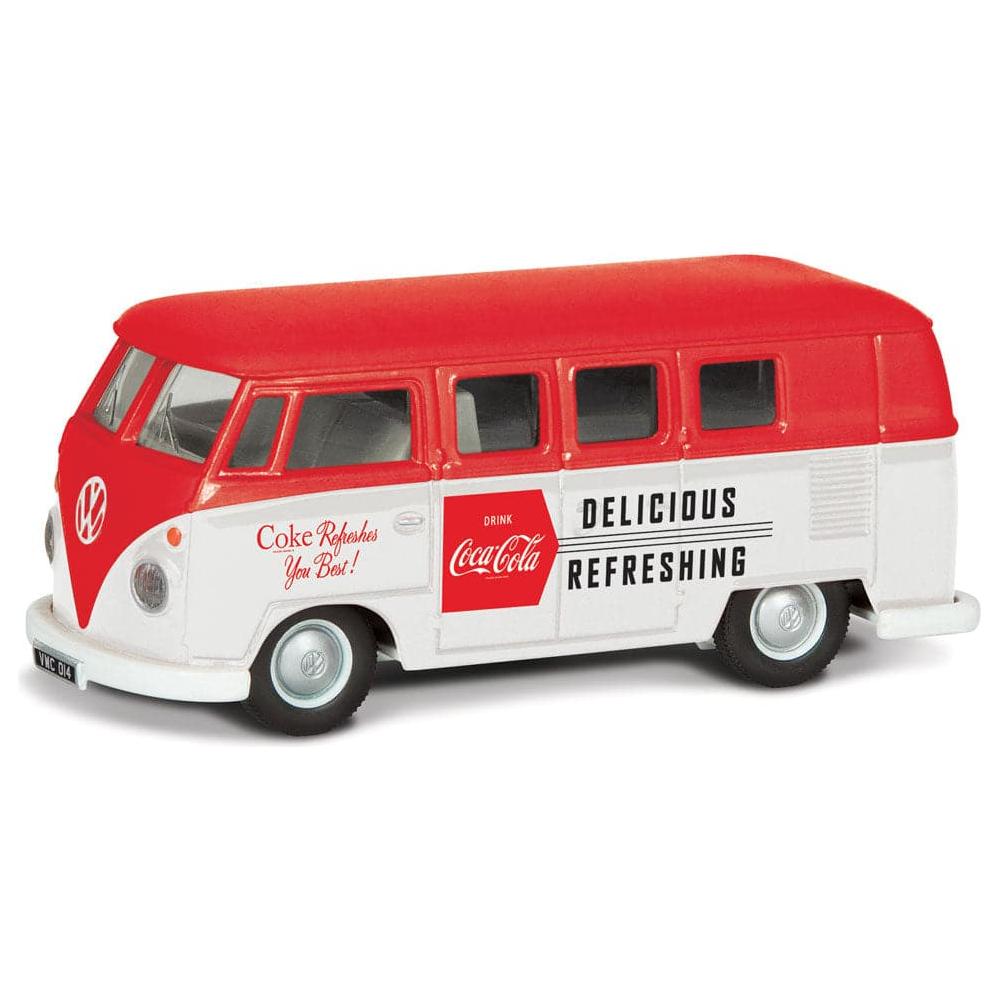
Premium Diecast Model with Intricate Details
The art of displaying diecast models extends beyond mere storage. Professional display cases not only protect these valuable pieces from dust and environmental factors but also create museum-like presentations that enhance the visual impact of your collection. Many enthusiasts organise their displays thematically, whether by era, manufacturer, or racing heritage, creating compelling narratives within their collections.
Conversely, RC model enthusiasts face different spatial challenges. Beyond the vehicles themselves, collectors must account for essential accessories, maintenance equipment, and operational space. A comprehensive RC setup typically requires dedicated storage solutions for batteries, chargers, and spare parts. This expanded footprint necessitates thoughtful planning, particularly for indoor storage and maintenance areas.
Cost Analysis: Understanding Your Investment
The financial aspect of model collecting varies significantly between diecast and RC pursuits. Premium diecast vehicles represent a relatively stable investment, with initial costs typically ranging from modest to premium, depending on the manufacturer and edition. Limited-run models and certain vintage pieces often appreciate in value, making them attractive to collectors who view their hobby through an investment lens.
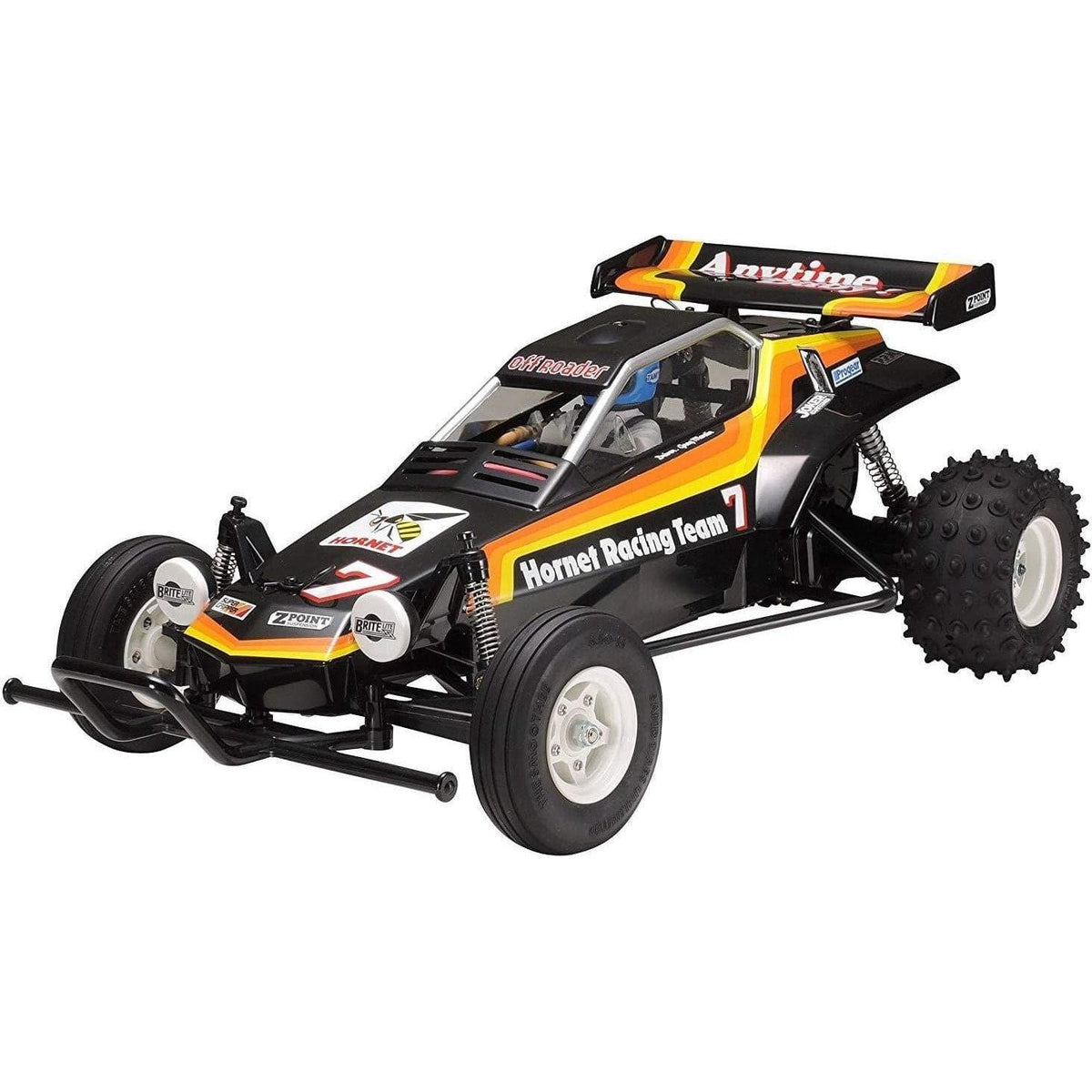
High-Performance RC Vehicle Ready for Action
The RC hobby, while potentially more costly upfront, offers a different value proposition. Entry-level RC vehicles provide an accessible starting point, but enthusiasts often find themselves investing in upgrades, maintenance, and performance enhancements. This ongoing investment reflects the dynamic nature of RC collecting, where the experience extends beyond mere ownership to active engagement and continuous improvement.
Aesthetic & Functional Appeal
The aesthetic allure of diecast models lies in their extraordinary attention to detail. From perfectly scaled engine components to accurate interior upholstery patterns, these miniature masterpieces capture the essence of their full-scale counterparts. Many premium diecast models feature functioning elements such as opening doors, adjustable steering, and detailed engine compartments, offering collectors an intimate glimpse into automotive design excellence.
RC models, while also impressive in their design, prioritise functional performance over static display appeal. The satisfaction comes from mastering control techniques, customising performance characteristics, and experiencing the thrill of operation. Modern RC vehicles offer impressive capabilities, from high-speed racing to advanced handling characteristics, providing an engaging, hands-on experience that static models cannot match.
Collector's Insight:
Many enthusiasts find that combining both collecting styles offers the best of both worlds - the pristine beauty of diecast displays alongside the interactive excitement of RC operation. Consider starting with one type and gradually exploring the other as your interests and expertise grow.
Community & Social Engagement
The vibrant communities surrounding both diecast and RC collecting offer enriching social experiences that extend far beyond the hobby itself. Diecast enthusiasts often gather at prestigious collector shows, where rare diecast models and limited editions take centre stage. These events provide invaluable opportunities for networking, trading, and sharing knowledge about model authenticity, restoration techniques, and market valuations.
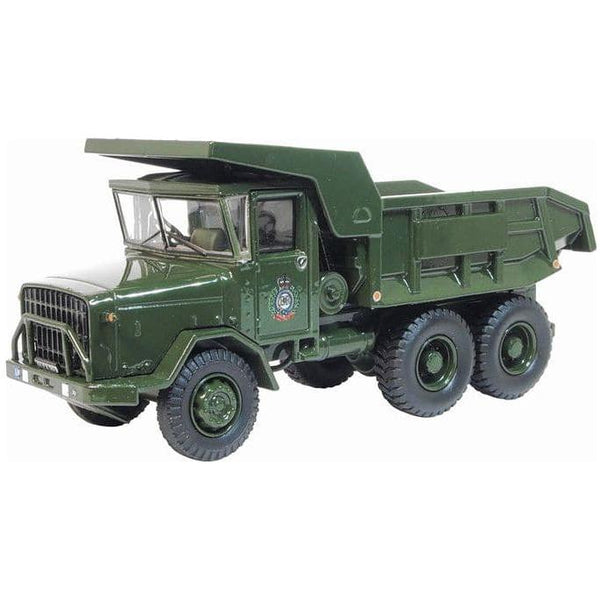
The RC community thrives on dynamic interaction, with regular race meets and performance demonstrations bringing enthusiasts together. From friendly neighbourhood competitions to professional racing events, RC vehicle operators find countless opportunities to showcase their skills and share technical expertise. These gatherings often feature workshops on maintenance, driving techniques, and custom modifications.
Maintenance & Durability Considerations
The maintenance requirements for diecast and RC models differ significantly, reflecting their distinct purposes and usage patterns. Diecast models benefit from relatively straightforward preservation methods, primarily focusing on proper display conditions and occasional gentle cleaning. Utilising quality display cases effectively protects these valuable pieces from environmental factors whilst maintaining their pristine condition.
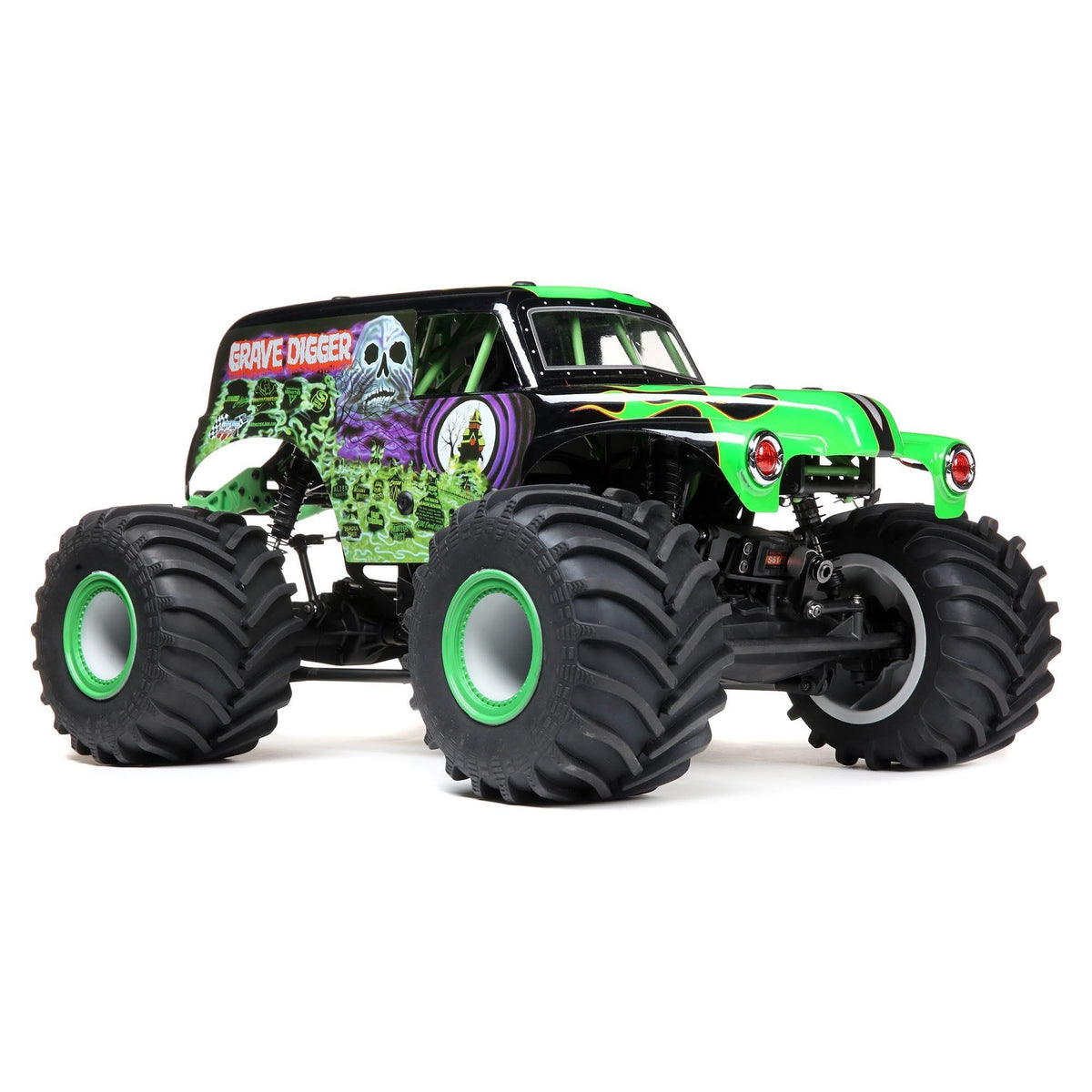
RC models, particularly those used in high-performance scenarios, demand more intensive maintenance routines. Regular inspection and maintenance of mechanical components, electronic systems, and structural elements ensure optimal performance and longevity. Experienced enthusiasts often develop comprehensive maintenance schedules, incorporating everything from basic cleaning to advanced technical adjustments.
Maintenance Tip:
Create a detailed maintenance log for your RC vehicles, tracking service intervals, part replacements, and performance adjustments. This documentation proves invaluable for troubleshooting and maintaining optimal performance over time.
Investment Potential and Market Trends
The investment landscape for model collecting presents intriguing opportunities across both categories. Premium diecast models, particularly limited editions and historically significant pieces, often demonstrate remarkable value appreciation over time. This appreciation is typically influenced by factors such as production numbers, historical significance, and manufacturer reputation.
The RC market, whilst different in nature, offers its own form of value retention. Whilst standard production models may depreciate, certain limited-edition RC vehicles and vintage racing models can become highly sought after by specialist collectors. The key to maximising investment potential in RC collecting often lies in maintaining vehicles in excellent condition and preserving original components.
Historical Context and Evolution
The rich heritage of model collecting reflects broader developments in manufacturing technology and consumer interests. Diecast models, originating in the early 20th century, evolved from simple toys to highly detailed collectibles. This transformation paralleled advancements in manufacturing precision and the growing appreciation for automotive history.
RC technology's evolution tells an equally fascinating story, from its military origins to becoming a sophisticated hobby. Modern RC vehicles benefit from continuous innovations in battery technology, motor efficiency, and control systems. This progression has dramatically expanded the capabilities and accessibility of RC collecting, creating new opportunities for enthusiasts at all skill levels.
| Era | Significant Developments |
|---|---|
| 1930s-1950s | Introduction of zinc alloy diecast models; Early RC experiments |
| 1960s-1980s | Rise of detailed collector-grade diecast; RC hobby standardisation |
| 1990s-Present | Digital manufacturing precision; Advanced RC electronics and materials |
Frequently Asked Questions
Which hobby is more budget-friendly for beginners?
Both hobbies can be started on a modest budget. Entry-level diecast models are generally more affordable initially, with fewer ongoing costs. Entry-level RC vehicles may require a higher initial investment but offer interactive enjoyment. Consider long-term costs like maintenance and upgrades when making your decision.
How much space do I need for each hobby?
Diecast collecting primarily requires display space, which can be efficiently managed with proper display cases. RC vehicles need both storage space for the vehicle and accessories, plus an area for operation and maintenance. Consider your available space when choosing between these hobbies.
What maintenance is required for each type of model?
Diecast models mainly need:
- Regular dusting and gentle cleaning
- Protection from direct sunlight and humidity
- Proper display case environment
- Regular cleaning after use
- Battery maintenance and charging
- Periodic replacement of spare parts
- Mechanical adjustments and tuning
Which hobby has better investment potential?
Diecast models, especially limited editions and rare pieces, often retain or appreciate in value when properly maintained. RC vehicles typically depreciate with use, though certain vintage or limited-edition models can become collectible. Investment potential shouldn't be the primary factor in choosing between diecast and RC models - focus on which hobby brings you more enjoyment.
Conclusion
The choice between diecast and RC model collecting ultimately depends on your personal interests, available space, and desired level of engagement. Diecast collecting offers the satisfaction of building a pristine display of automotive history, with each diecast model representing a moment frozen in time. The detail and craftsmanship of these static displays provide endless appreciation opportunities for the discerning collector.
Conversely, RC vehicle collecting delivers an interactive experience that combines the thrill of operation with the satisfaction of mechanical mastery. While requiring more hands-on maintenance and space, the dynamic nature of RC collecting offers unique rewards through skill development and community engagement.
Final Thoughts:
Many enthusiasts find joy in exploring both hobbies, allowing them to experience the best of both worlds. Whether you choose the pristine artistry of diecast collecting, the dynamic engagement of RC operations, or a combination of both, each path offers rich opportunities for personal enjoyment and community connection. The key is to start with what resonates most with your interests and gradually explore the vast possibilities within these fascinating collecting worlds.
 is here! Shop now, pay later in 4 easy installments
is here! Shop now, pay later in 4 easy installments

